5 Ethical Tips For Visiting Aboriginal Australia
5 things you should know about being an ethical visitor to Aboriginal Australia
It was recently announced that the Australian borders will soon reopen to international visitors.
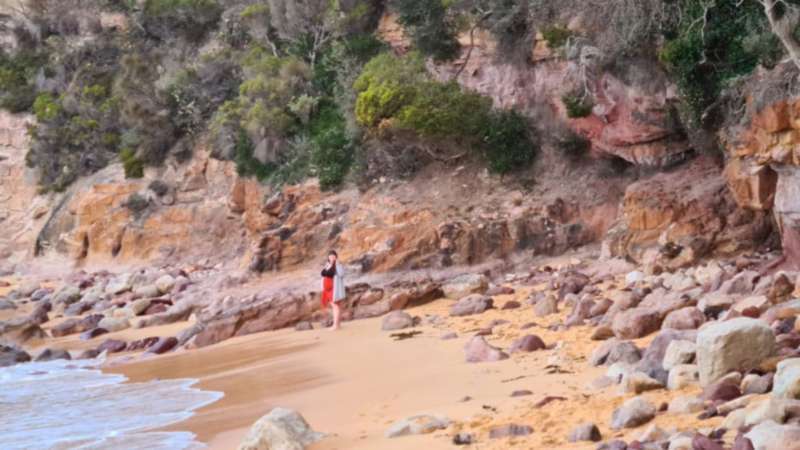
Visitors are often shocked to learn that there are over 500 First Nations Countries contained within the Australian continent; each nation with their own peoples, languages and cultural practices.
As Australia is home to the oldest surviving continuing culture in the world, there are a few things that you should know when visiting Aboriginal Australia.
1. Know who’s Country you are visiting
If travelling by air, you will see Aboriginal Australia long before the plane lands; the curves of waterways, peaks of high ground, dusty red sands covering vast areas, and storming coastlines of ancient earth and water, are all patterns of Country.
Upon arrival, it is customary to acknowledge the Traditional Custodians of Country and pay respect to boodjar (‘Country’/’land’, Noongar language). I say this acknowledgement aloud when the plane lands, but you can also say this in your mind.
For example, when arriving in Naarm (Melbourne, Victoria) I acknowledge the Kulin Nations and pay my respects to their Elders past, present and future. As a visitor, I ask for safe passage as I travel across their Country and promise to tread lightly, leave what does not belong to me, and take away what damages Country (e.g. throw rubbish in the bin).
The Australian Institute of Aboriginal and Torres Strait Islander Studies have a map of Aboriginal Australia which can be used as a guide. Alternatively, it is easy to find the First Nation group of a certain area if you Google ‘Aboriginal (place e.g. Sydney)’.
2. Seek out knowledge direct from First Nations peoples
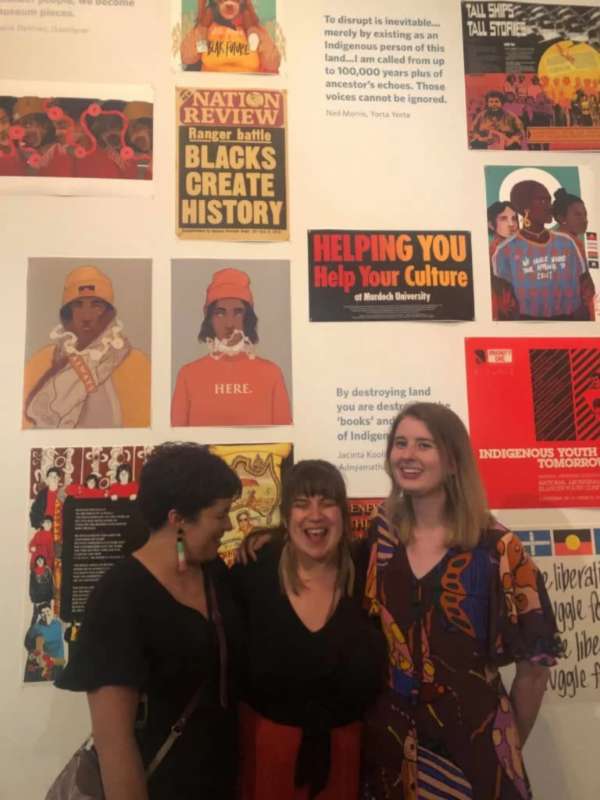
First Nations peoples in Australia are incredibly welcoming. Cultural practitioners like myself are happy to share stories about culture and chat about our creation process, such as the cultural knowledge behind weaving baskets.
One of the best ways to learn about cultural practices is to visit cultural practitioners at art markets such as the Blak Markets at Bare Island, La Perouse which is a 30 minute drive southeast of Sydney. These types of events are 100% Aboriginal operated and organized, and often include a Welcome to Country and smoking ceremony.
Memory institutions such as libraries, art galleries, archives and museums also offer glimpses into Aboriginal cultures and histories. However, please be critical of colonial history when visiting these places. On his blog the Archival Decolonist, Wiradjuri critical essayist and archivist Nathan Mudyi Sentance advises visitors to think about who is and isn’t being represented when visiting memory institutions; for example, how does the curator speak about the artist or nation (does the curator use past or present tense when addressing the nation?), or have used direct quotes or audiovisual by the artist.
It is always best to visit Aboriginal-run community art centres such as Boomalli Aboriginal Artists Cooperative in Sydney or Keeping Places to get knowledge first-hand during site visits or on-Country tours. It is best to book directly to avoid the many non-Aboriginal owned tourism operators who are disguised as Aboriginal owned businesses.
3. Support Blak business
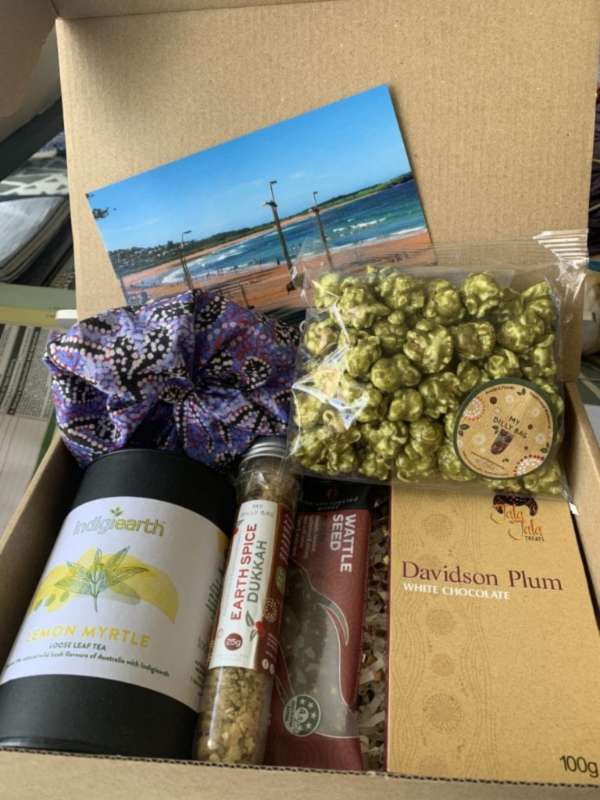
The past couple of years have seen a rise in Aboriginal owned and controlled businesses.
Aboriginal collectives such as TradingBlak and Aboriginal Art Co. actively participated in this shift by promoting transparency, authenticity and ethical business practices in the selling of Aboriginal art, bush food and homewares.
In the process Blak businesses have redirected tourists away from exploitative non-Aboriginal businesses selling fake Aboriginal art and souvenirs, such as painted blue decorated boomerangs, which are often made in Bali, Indonesia.
There is still a long way to go to redress damages caused by these exploitative businesses, especially bush food businesses in Australia as fewer than 2% are operated and controlled by First Nations peoples even though the majority utilise First Nations knowledge and all use bush foods from First Nations Country.
However, non-Indigenous allies and tourists actively help support Blak business by participating in ethical tourism, by visiting or purchasing bush foods direct through Indigiearth, My Dilly Bag, and Warndu, to name a few.
4. Experience culture
No matter where you are visiting in what is now known as Australia, you are first and foremost on First Nation boodjar.
Your footsteps trace the same tracks as our Elders and Ancestors, whether their footprints were left yesterday, last year or sometime in the past millennia. You are on ancient Country. Being on Country is experiencing culture.
Aboriginal-led social enterprise Welcome to Country promotes a range of tours and workshops for visitors wishing to experience First Nations culture, with some cultural facilitators also offering remote workshops.
If you are unable to join due to timing or budget constraints, museums often offer free tours or weaving workshops. For example, the Australian Museum on Gadigal Country (Sydney) has an annual night event called Ngalu warrawi marri which includes free weaving workshops, live music, and tours of the First Nations galleries.
I highly recommend experiencing a Welcome to Country, tour, workshop or meeting First Nations peoples at markets or similar events when you first arrive on boodjar to gain a cultural experience first-hand.
Not only will this enable you to connect with First Nations peoples, but it will help us to connect with you. Connecting through storytelling is a cultural practice carried throughout millennia as an oral tradition. We want to hear your story and learn about your culture too!
5. Be an ally – educate others
The path to becoming an ally begins prior to visiting Aboriginal Australia through educating yourself about First Nations culture.
There are some incredible First Nations peoples to follow on social media – through following these accounts, you will learn more about First Nations nations, cultures, and be aware of issues impacting Aboriginal Australia.
It is also worthwhile reading about First Nations current events and issues by news media such as Koori Mail, Indigenous X, and New Matilda. Online exhibitions including Unsettled offer a well rounded education on both historical and contemporary events in Aboriginal Australia.
Most importantly, please remember that once you arrive on boodjar, ensure that you follow cultural protocols such as acknowledgement of Country. Visit with the spirit of reciprocity and you will be rewarded with having a cultural experience that not everyone is privy too, so please share what you learn with your loved ones when you return home.
Once you visit, Country will always remember you so please be respectful and leave soft footprints.
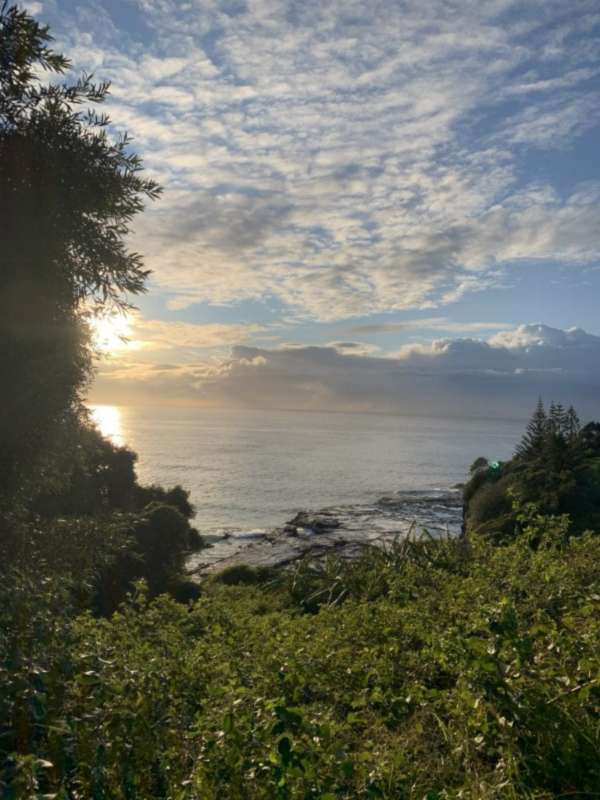
Jo is a Noongar (Aboriginal Australian) basket weaver, museum curator, and traveller. When not at the beach with her partner, you can find Jo reading a book, hanging out with loved ones or planning her next adventure.
Topics
Subscribe
Subscribe for news, updates, giveaways, and more!
JOIN GIRLS WHO TRAVEL
Join our inclusive community
of tens of thousands of women who
share your passion for travel in our
Girls Who Travel Facebook group!
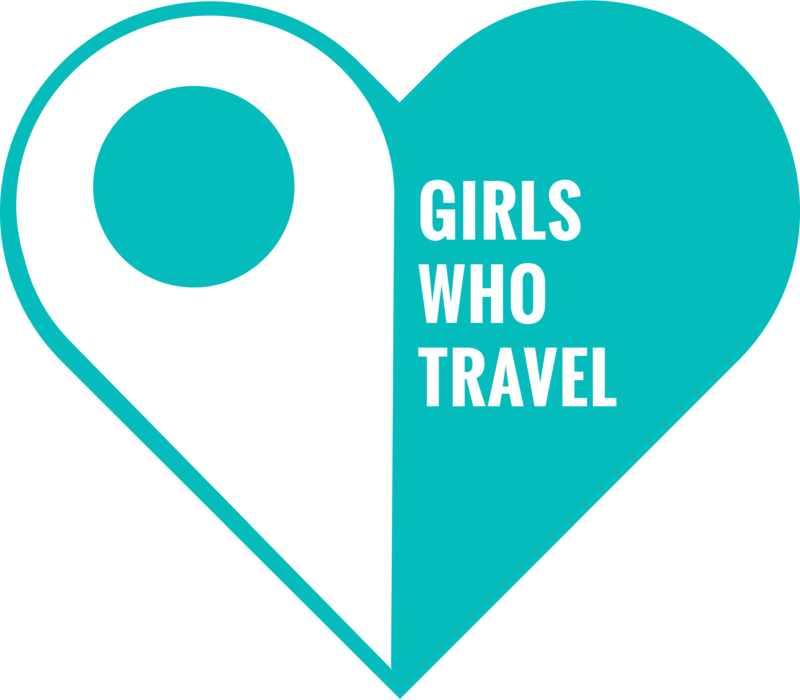
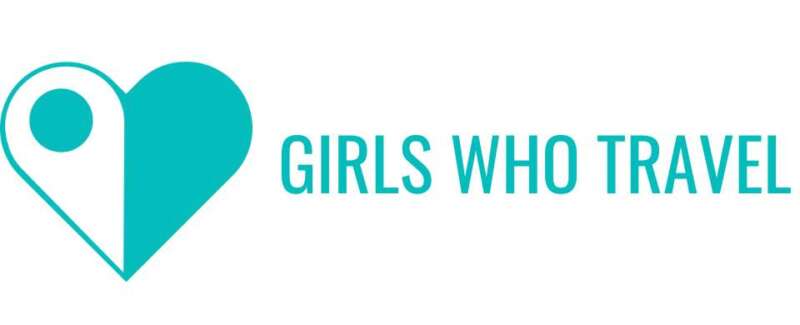
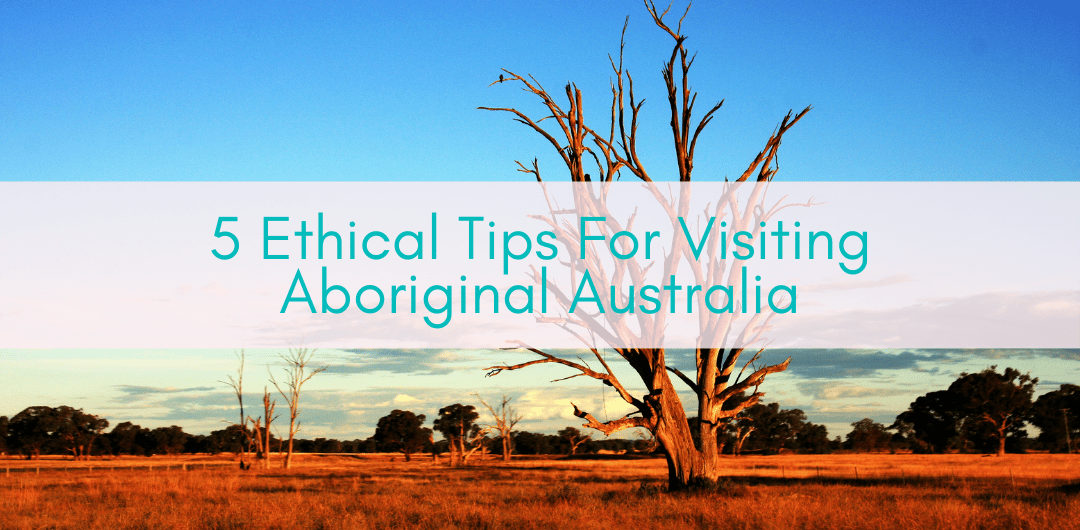
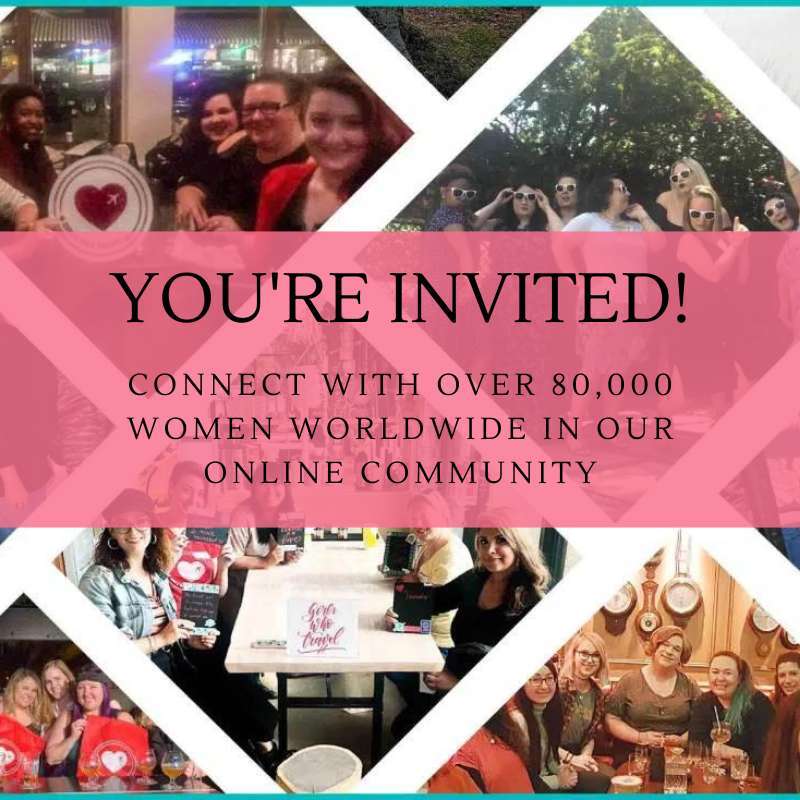
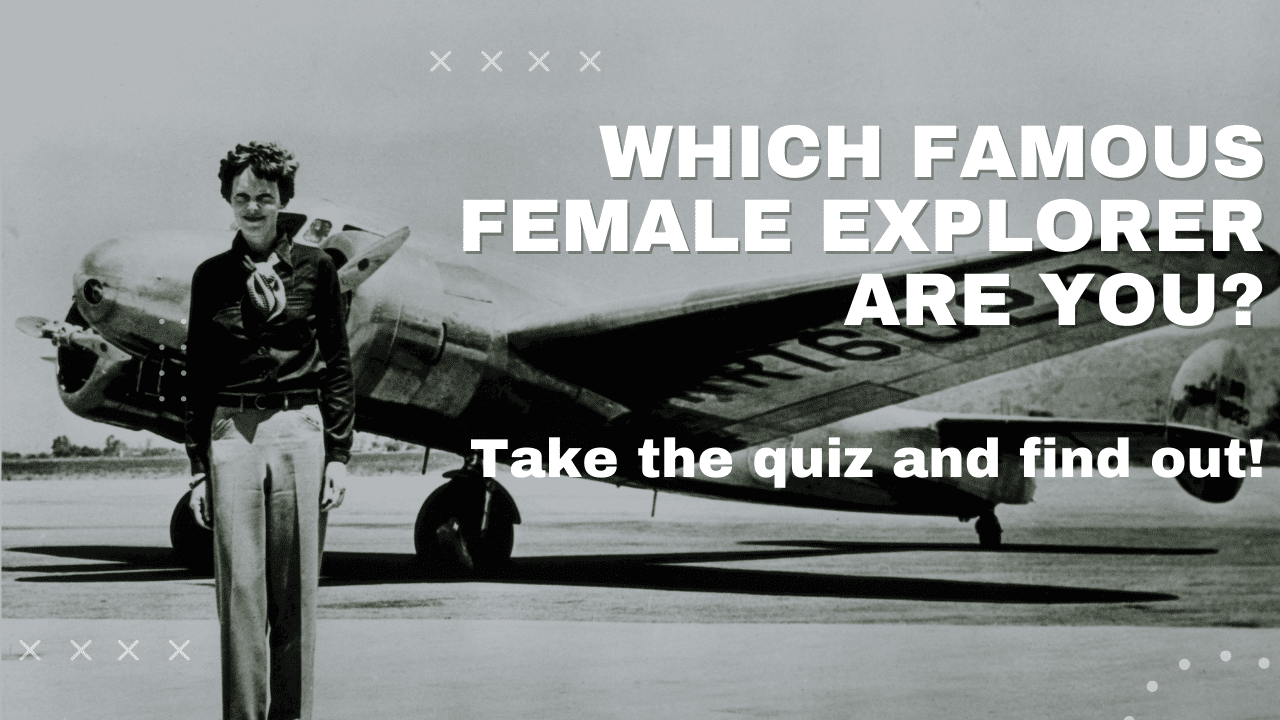

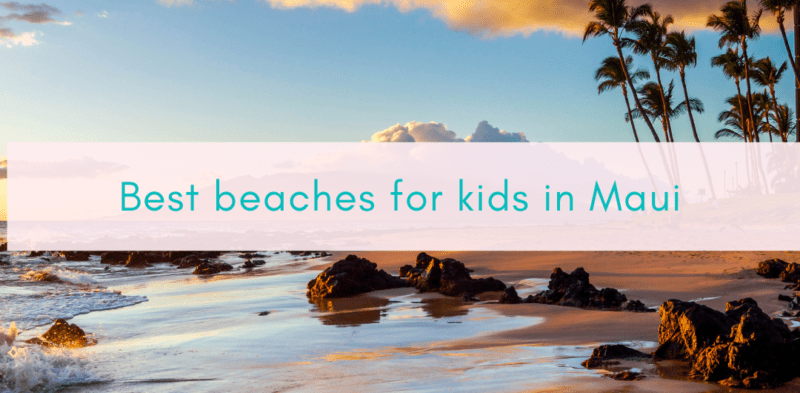

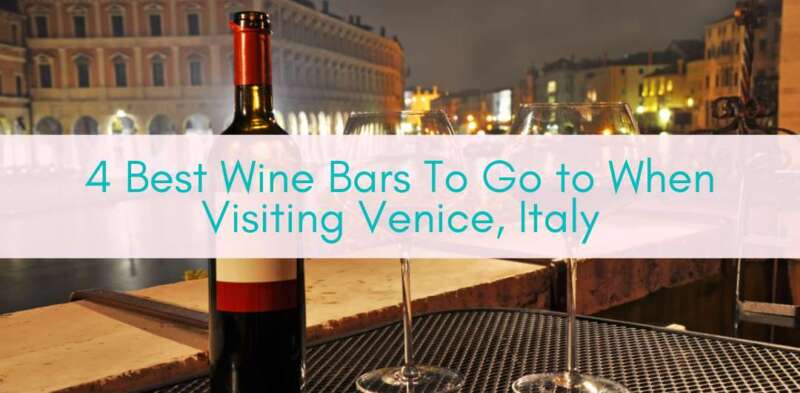
4 Comments
Fantastic to read this Jodie…I have never given a thought to acknowledging country when you arrive somewhere…
So great to have a guide for the tourist it’s a small step in broadening the awareness of our First Nation people
Well done Jo
Great read with some really easy takeaway actions.
Reading your piece, I feel blessings. As someone who has returned home, to Borikén (our Indigenous name for colonizer “Puerto Rico”), I appreciate what you share – especially the part about showing respect for the land and the culture. When I travel to other countries, I always acknowledging that I am a guest in someone else’s home, and make every effort to support local businesses (not tourist traps often run by non-native folks).
My heart holds space for you, Jo and for your people. Sending abrazos (hugs).